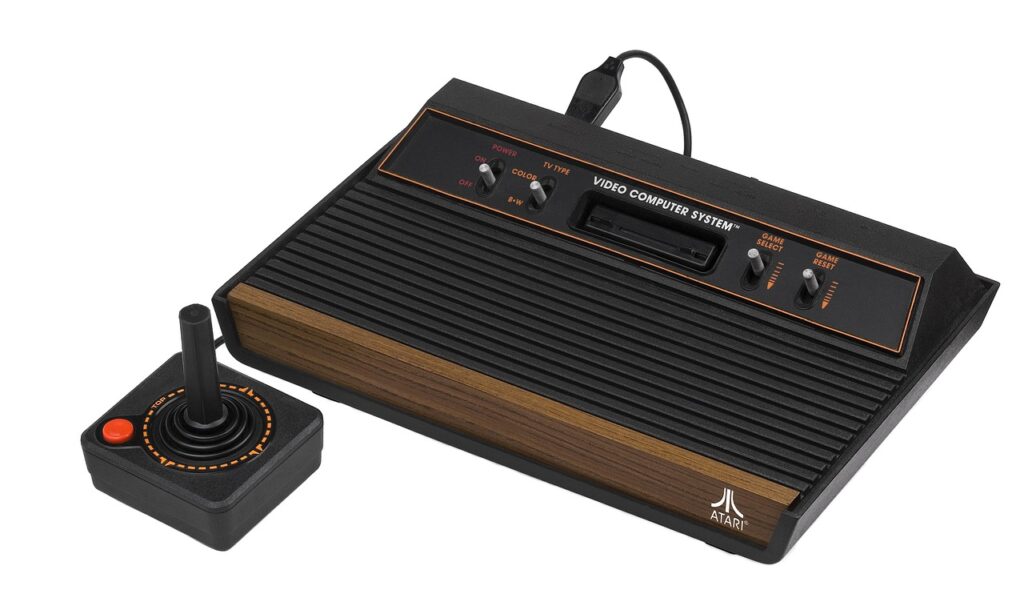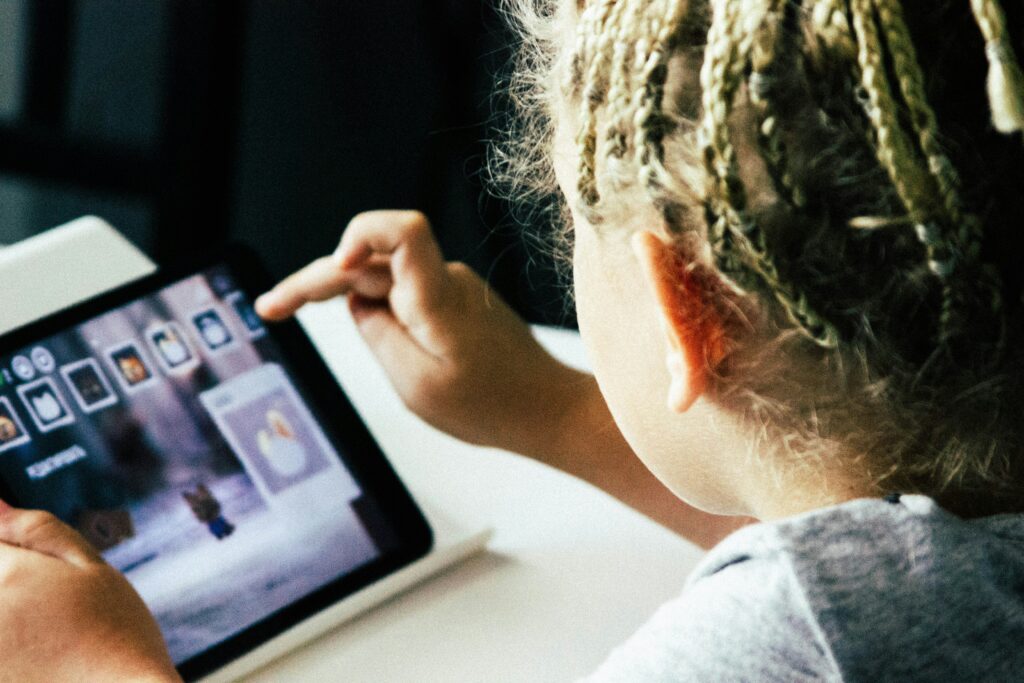As a person born in the mid-1980’s there was no such thing as the Internet, digital devices or social media platforms in my childhood. My first introduction to any type of device was an old Atari 2600 games console with two games, Pac-Man and Space Invaders.

It wasn’t until I was a teenager that Desktop PCs and the Internet were accessible in both school and the home environment. My high school in England where I grew up was considered a leader in introducing technology to children, we were the only publicly funded high school to have a communications center. This center was called “CLIC” and was a building with two rooms filled with Desktop PCs and as students, we had classes in this room where we were taught IT skills. The IT skills that I remember they taught us were “touch type” (a method of typing using all 10 fingers without needing to look at the keyboard) and administration skills such as writing a memo etc. However, we were given free access to the internet which was the most exciting part. Unfortunately, even in the early 2000s giving teenagers free access to the internet with no rules, safety precautions, or frameworks enabled exploration into websites such as ratemypoo.com. Teachers had no idea of the content we were consuming and introducing the internet to young students was a new concept, they were unaware of how curiosity can be a vulnerability to students in an online space.
25 years later the digital landscape has evolved and exploded into children’s lives, children as young as 2 years old can operate smartphones and access platforms such as YouTube. The Government of Canada has promoted public health considerations for screen time in the early years, stating that any screen time for children under 2 years old is not recommended and for children 2-5 years, 1hr per day is recommended. The Canadian Pediatric Society publications focus on the health implications and encourage face-to-face interaction for young children’s learning. While this is all good information for healthy development in young children, the information on how to introduce children safely in digital spaces through an educational lens is lacking for parents and educators.
As children enter Kindergarten they will be introduced to iPads and learning apps, shown how to take pictures of their work and upload them to a platform that is shared with their parents. While these practical skills are being taught in a positive and useful way I have to wonder if there is enough conscious teaching around digital literacy and how this is monitored.

There are digital literacy frameworks available such as BC Digital Literacy Framework (K-12) which offers a comprehensive overview of standards and guidelines for age-appropriate literacies. However, I do question how this is being implemented within the school system and if any directed lessons take place for children to understand and integrate the concepts. K-2 children will have varying levels of literacy skills and their level of reading and skill of typing correctly spelled words will affect their level of competency. For this reason, differing apps are used to accommodate the younger grades. As a parent reading the BC Digital Literacy Framework, I am surprised at the level of information my Grade 1 is supposed to be aware of. I ask myself is this part of my responsibility as a parent to teach? If so where are helpful resources so that I, as a millennial who did not have this type of education, can access to ensure my child is aware and can safely navigate digital spaces?